Product Description
THE COOK’S TOUR
Pasta is consumed all over the world. It’s one of civilization’s great, cheap, easily transportable, low spoilage, long storage foods.
So what makes pasta from Garofalo, from the tiny town of Gragnano (gra-NYano), Italy, so special? Why pay a bit more for it?
For more than five centuries, Gragnano has been known as the cradle of the Italian pasta business. Their location’s warm, sunny days, and ocean breezes, allowed for the mass air drying of pasta, in the 18th and 19th centuries.
Garofalo is the Ferrari of the pastai. Since 1789, they have been making world-class pasta, not cheap noodles
The bronze die is used on carefully selected, strong, Italian durum wheat. The dough pushed into strands, and shapes, is fundamentally different than American-market “fast” pastas, made smooth with Teflon dies, to push out more pasta, faster. Even ones with Italian names, like Barilla are smooth, harder to sauce, and absorb, the way a slower process bronze die pasta does. Why?
Bronze dies add tiny edges, or burrs that form. Those tiny tears help sauces, oils, and other coatings not just adhere to the pasta better, but soak in. The density, porosity and resistance insure the best mouth feel, in every bite.
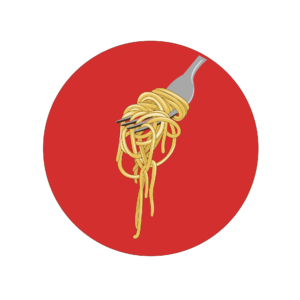
THE BACKSTORY
GEOGRAPHY
Gragnano is one of the many little towns in the hills South of Napoli (Naples).
It been one of the biggest producers of pasta. At one point, a bit more than 70% of the town was employed in the pasta business, or supporting companies.
Elicoidale is a pasta most likely originating in Campania. It is used throughout Southern Italy. There is a similar pasta in the North, that goes by the name tortiglioni, although it can be a bit bigger in size.
THE COOK
PRO TIPS
If you’re going to cook great pasta, know the WHY of it, and why a pasta like Garofalo, helps you look like a pro. Remember these tips:
- Boil your noodles with kosher salt. Salt is a FLUID EXCHANGER. When you add it to the boil, it helps the “hooks” in the pasta impart more flavor into it. For many dishes, I’ll toss in a clove or two of garlic, to establish a flavor. You can also use a boquet garni, cheesecloth with herbs, or spices, tied into a pouch.
- Watch your boil. Once you achieve a rolling boil, and put the noodles in, lower the heat. Use a thermometer to keep it around 95-100°C/200-212°F. If it’s rolling, and foaming, you’re overcooking the pasta, extracting starches, and flavor, that you want to preserve. You can keep pasta in very hot, non-rolling water and cook it perfectly. Avoid “traditional” overcooking that relatives have taught to you.
- Forget the olive oil myth – An old grandma’s tale is that you put oil in to SOFTEN the pasta. First, the only way to do that is to overcook the pasta. Oil is HYDROPHOBIC. It sits on the surface. To boil it enough that the oil breaks down, you’re also breaking down what’s good in the pasta. You’re also turning the oil, any oil, bad. Hydrolyzing oil, in boiling water turns it gummy. That’s great, for bad pasta, that has no adhesion, which is probably why people, using cheap pasta, notice that it works, to some level. On the other hand, you’re also changing the nature of the fats, in the oil, to a kind of unstable trans-fat, which isn’t good for you. BASTA! Buy great bronze-die pasta, and let the “burrs” do the work of opening up the noodle to the flavors.
- Saucing Secret – If you’re going to toss the pasta in oil, or egg/cream, then cook it straight to al dente, around 11 minutes. If you’re going to use it in a thinner sauce, like marinara, wine/butter, or broth/stock, remove the pasta with about 3:00 minutes remaining, and put it into a hot pan of that broth or sauce, already cooked, to soak up the flavor, and finish both. Remember to make the sauce about 5-10% more hydrated (more liquid), more the higher the altitude, to allow the pasta to finish fully. If it’s still too al dente, just add a bit more water, and cook a bit longer.
WHY ELICOIDALE?
TRADITIONAL USES
Most of the traditional recipes take advantage of how elicoidali hold sauces, and smaller bits of proteins, in the center, and south of Italy.
- Elicoidali with black pepper and Pecorino Romano
- Elicoidali with tropea onions
- Pasta tart with elicoidali
- Elicoidali with tuna and tomato sauce
- Elicoidali with cream, truffles, and nuts
A FEW RIFFS
- Elicoidali with makrut lime-infused coconut cream, topped with spicy fried ground pork, and toasted macadamia nuts
- Elicoidali Senegal - peanut flour, mint garlic, birdseye chilis, black-eyed peas, tomato and okra, on wilted mustard greens
- Elicoidali with wild boar, in an herbed Manchego cream sauce, topped with fried shallots
- Elicoidali tossed with olive oil, Pecorino Romano, prosciutto crudo, and baby rocket arugula, topped with Maldon sea salt flakes.
MY TAKE
I’ve cooked with a LOT of different pastas, including house-made. Short of owning your own brass extruder, and carefully importing your Italian durum semolina wheat, both expensive propositions, for the average home chef, if you’re looking to achieve amazing results with your pasta dishes, you have to start with the best ingredients.
Of all of the pasta companies, from Italy, whose pasta I’ve ordered, Garofalo is consistently the best. It comes from decade, upon decade, of commitment to perfect the craft, and the pasta, to its highest level.
That’s why they’re No. 34 Elicoidale receives my five-diamond Choicestuff™ award.


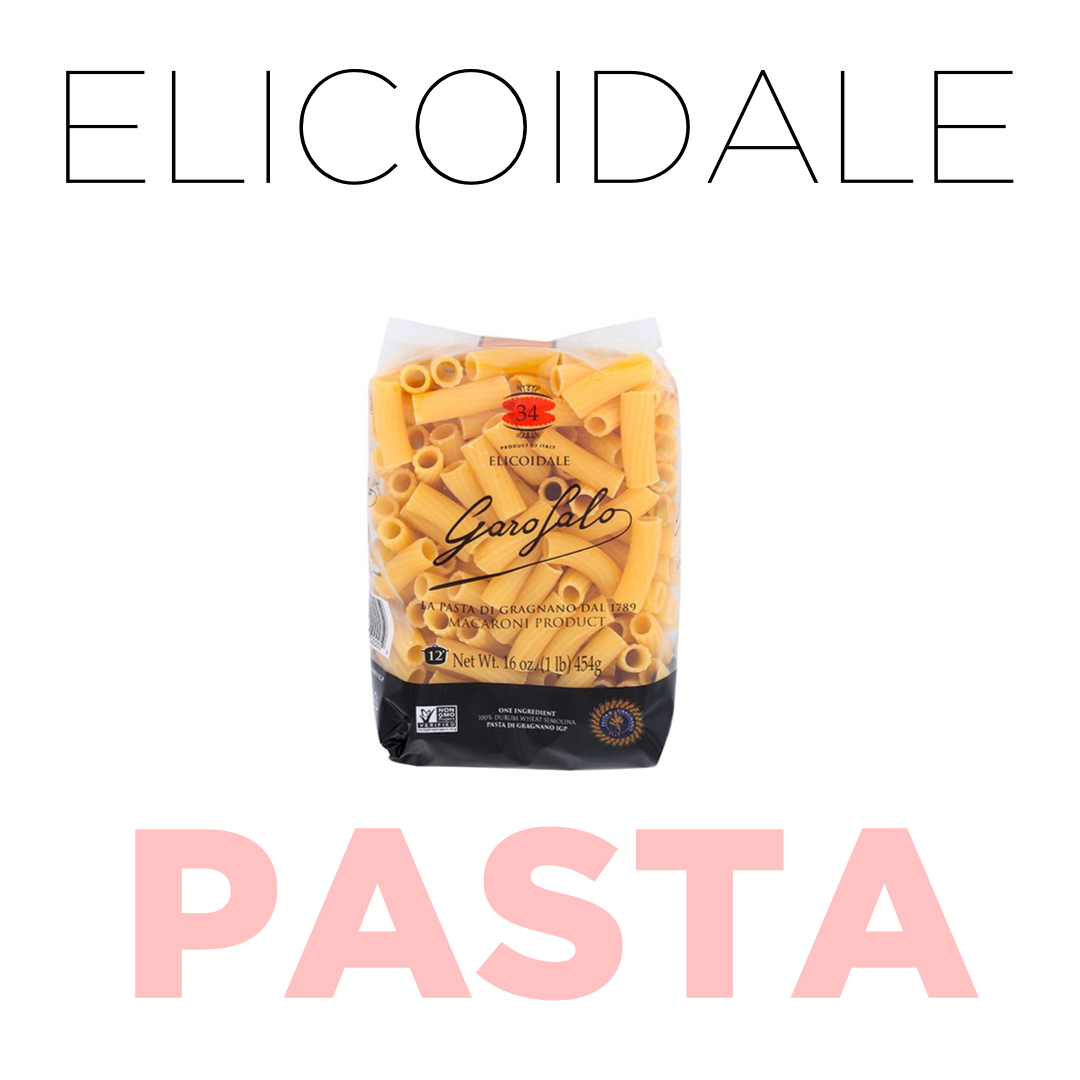
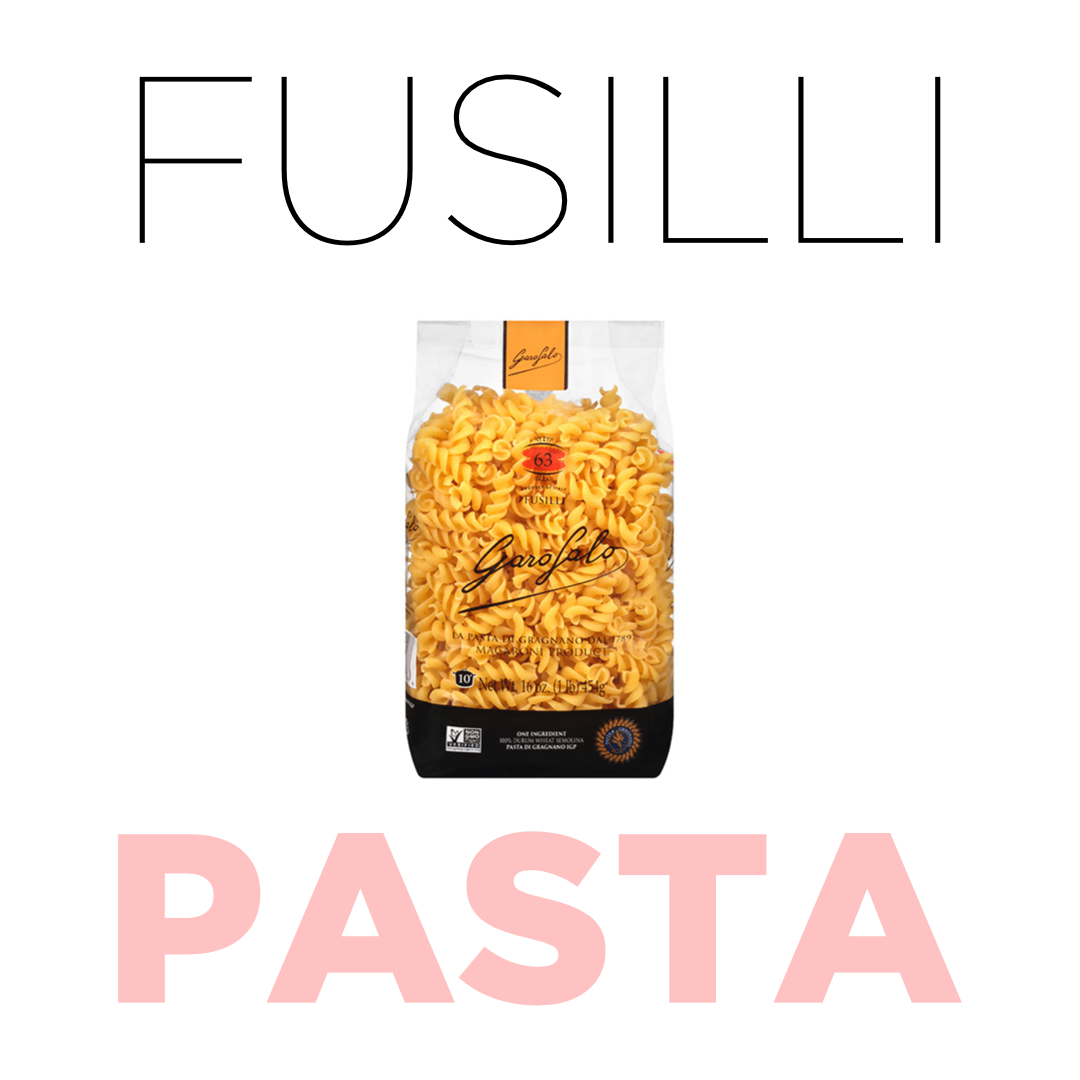
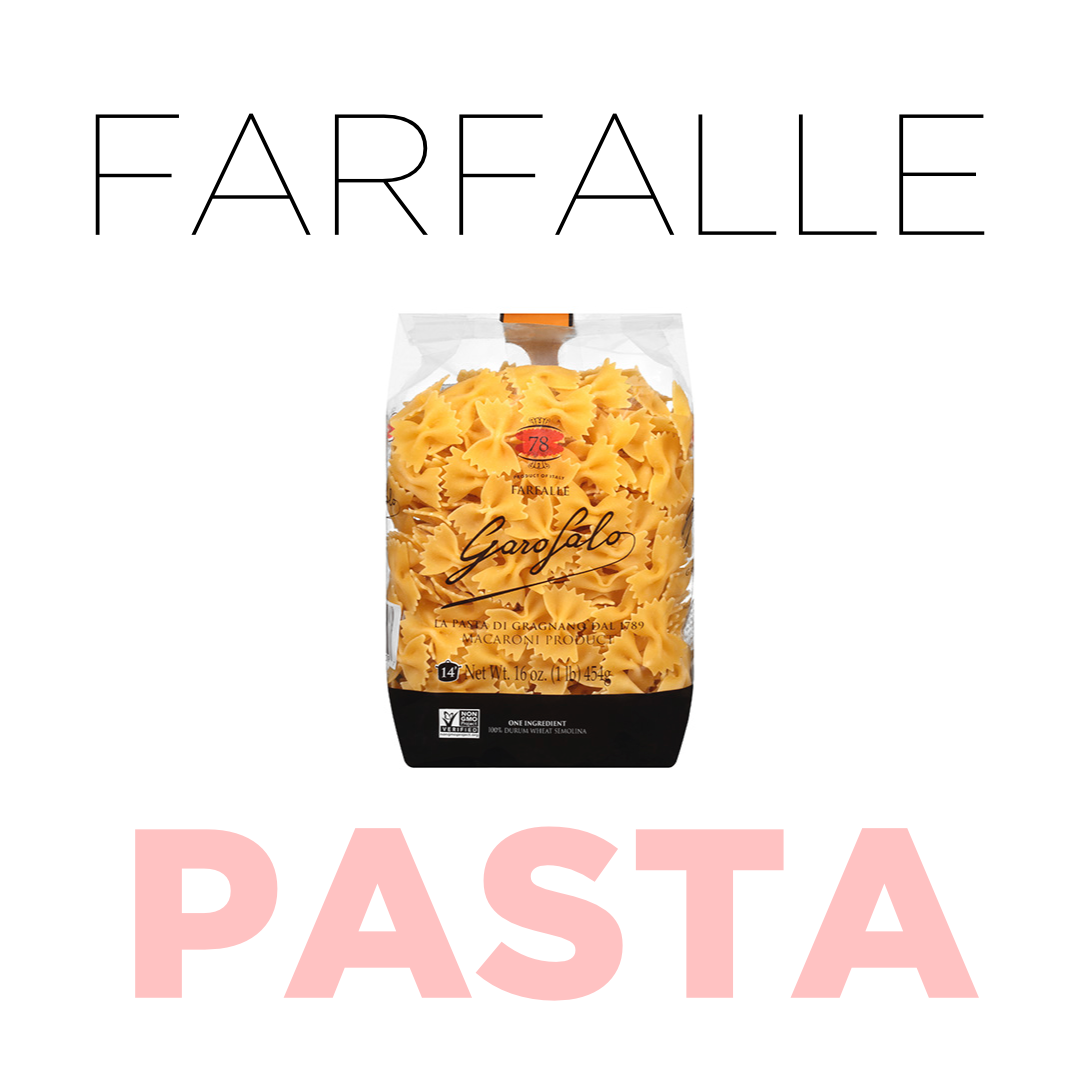
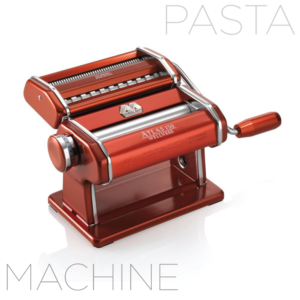
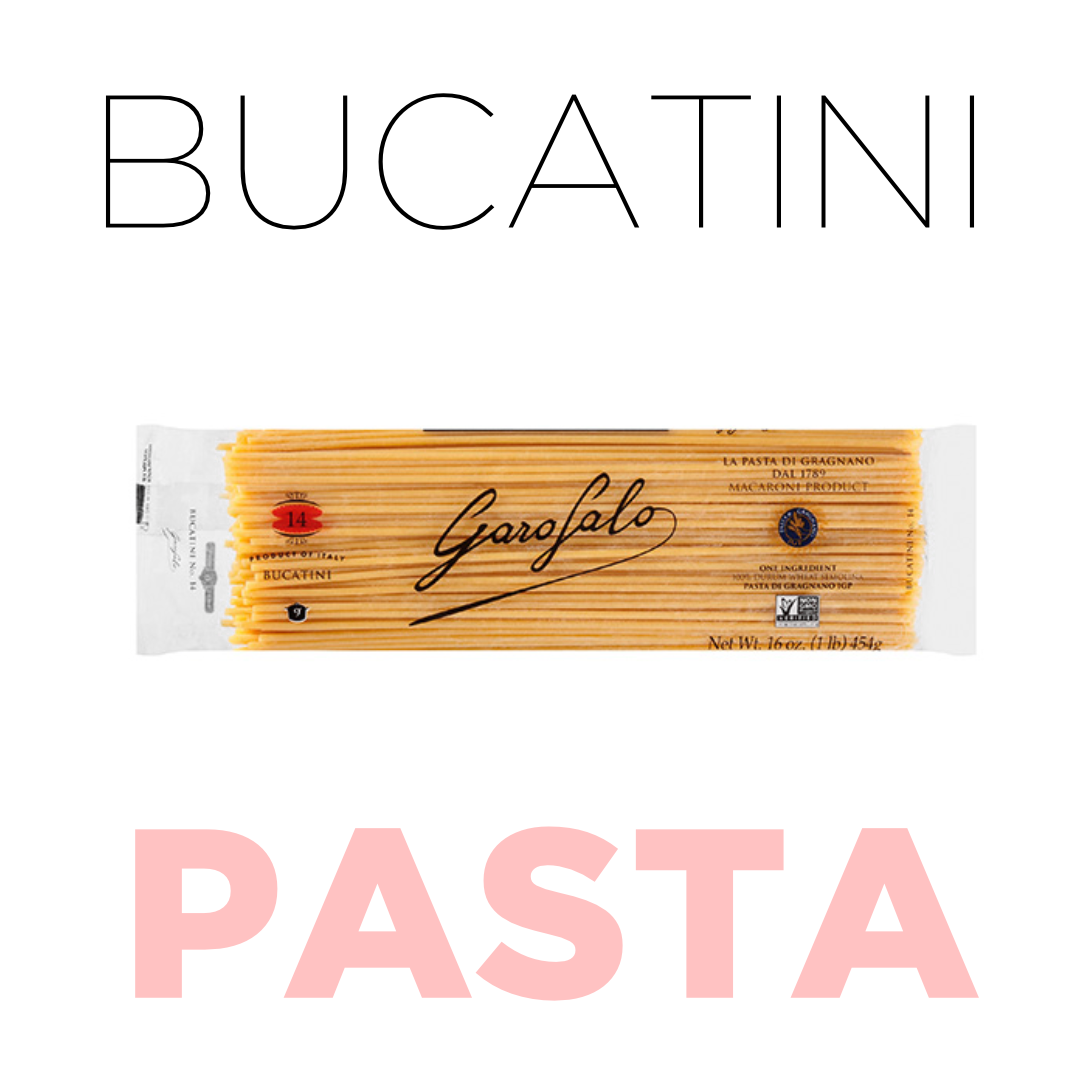
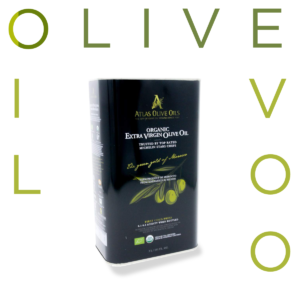
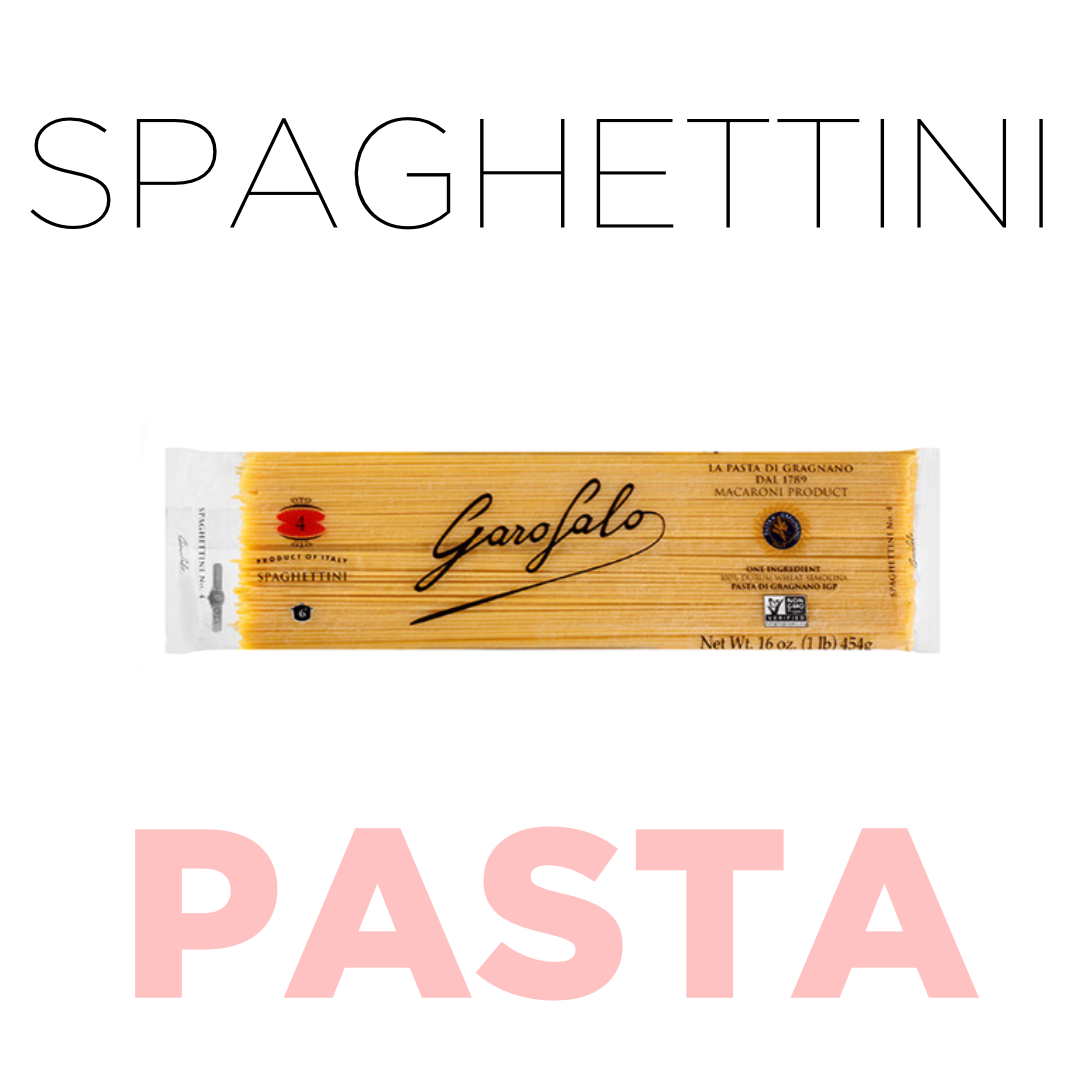
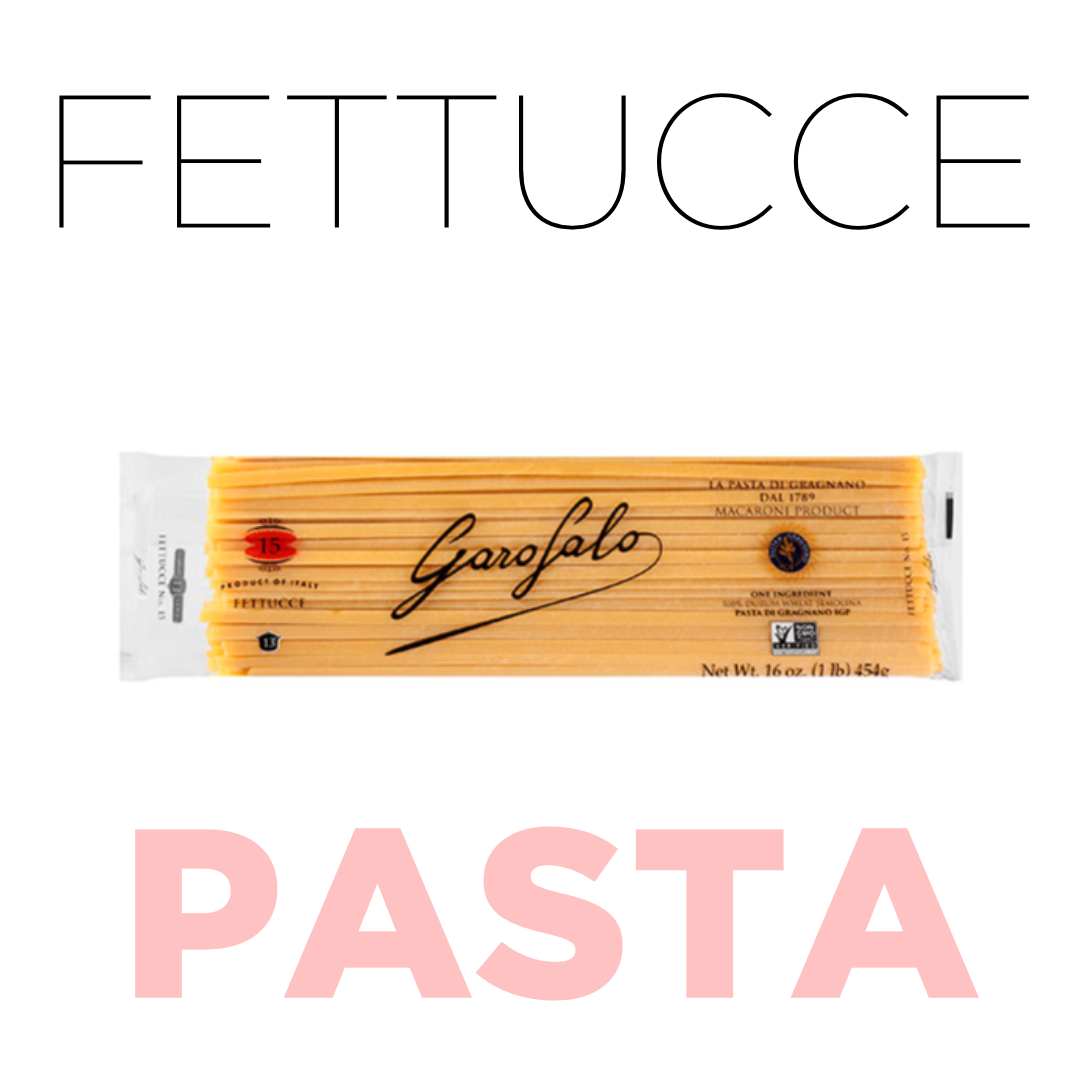
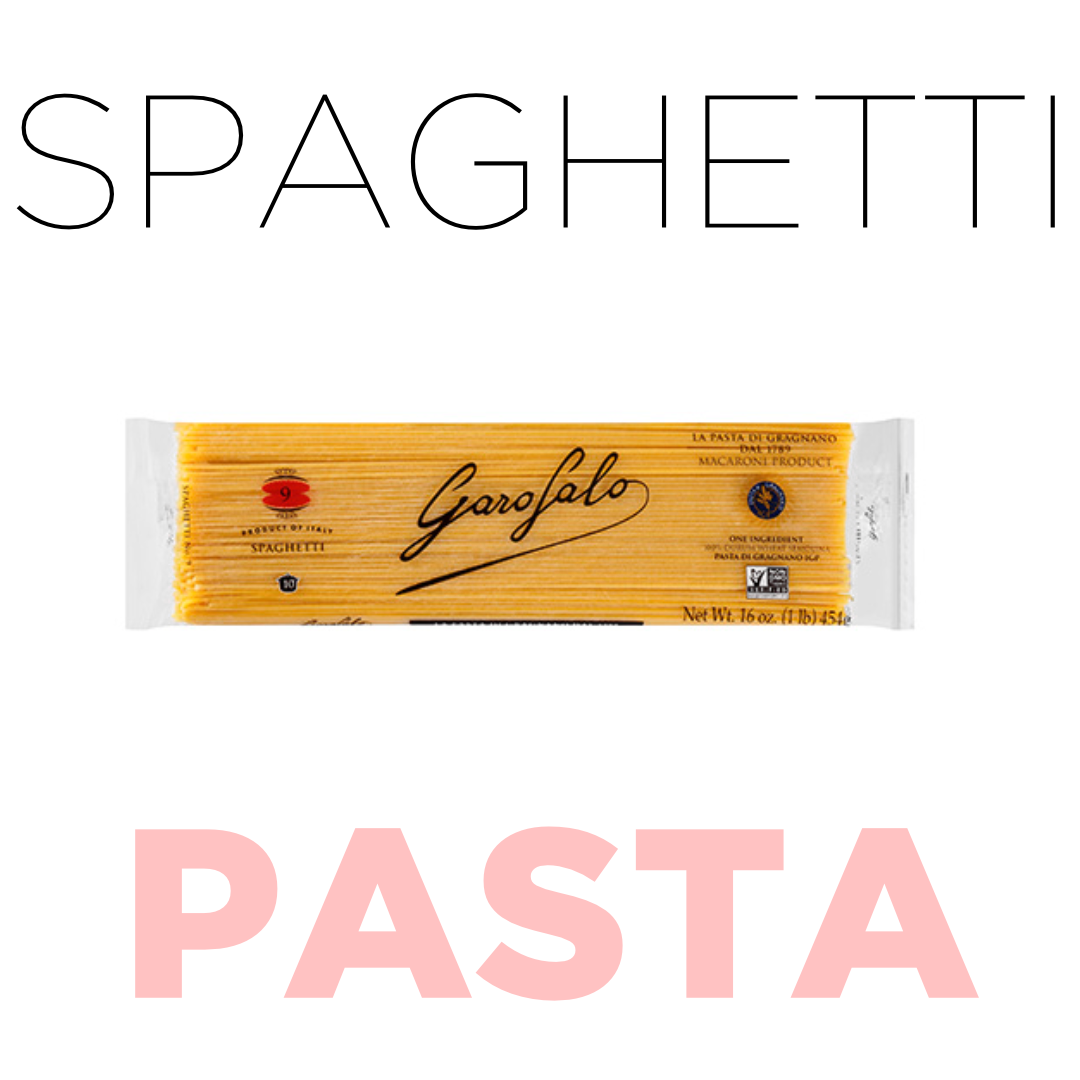
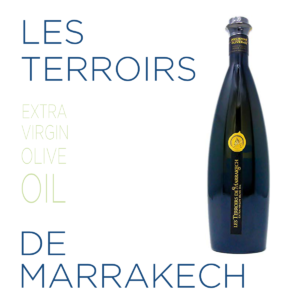
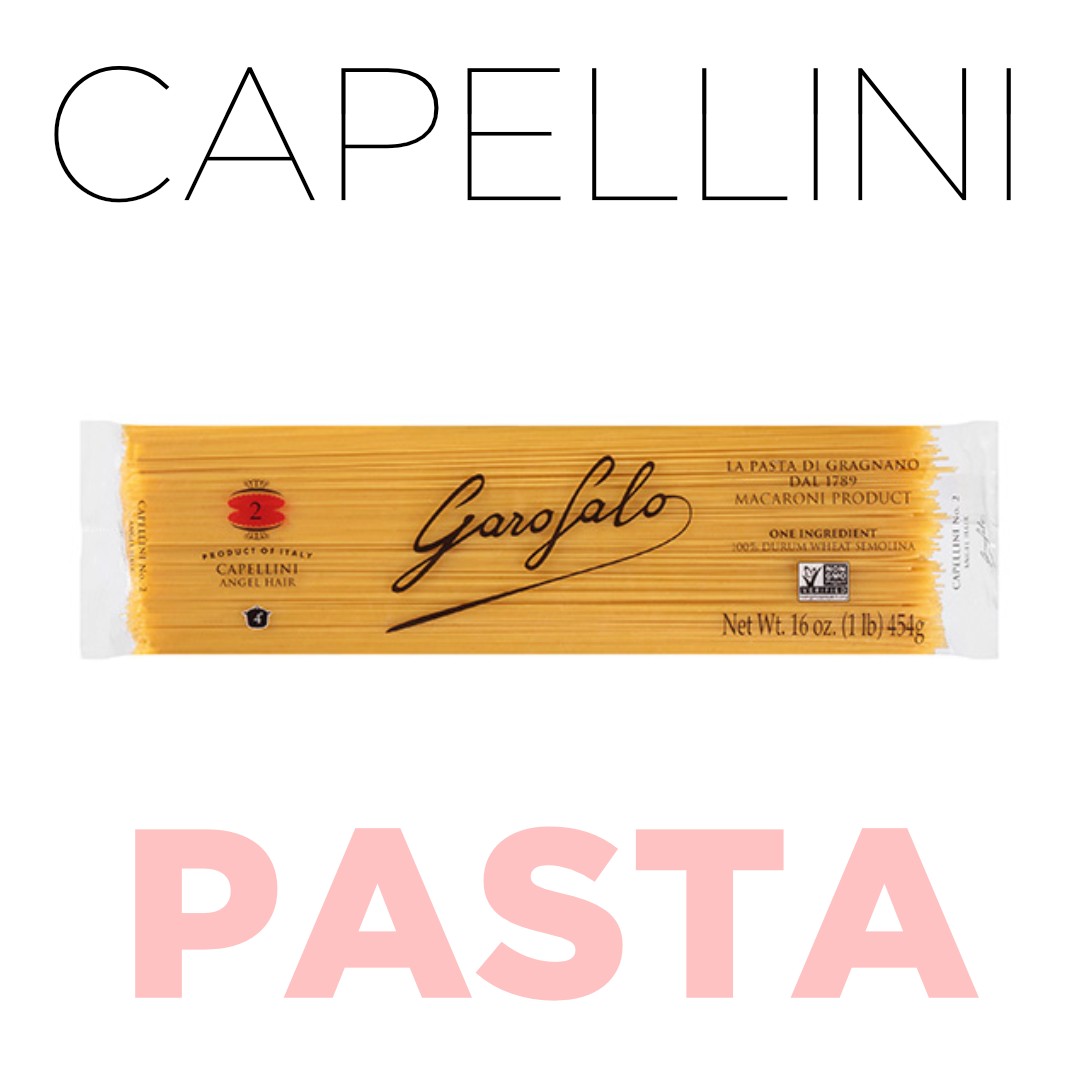
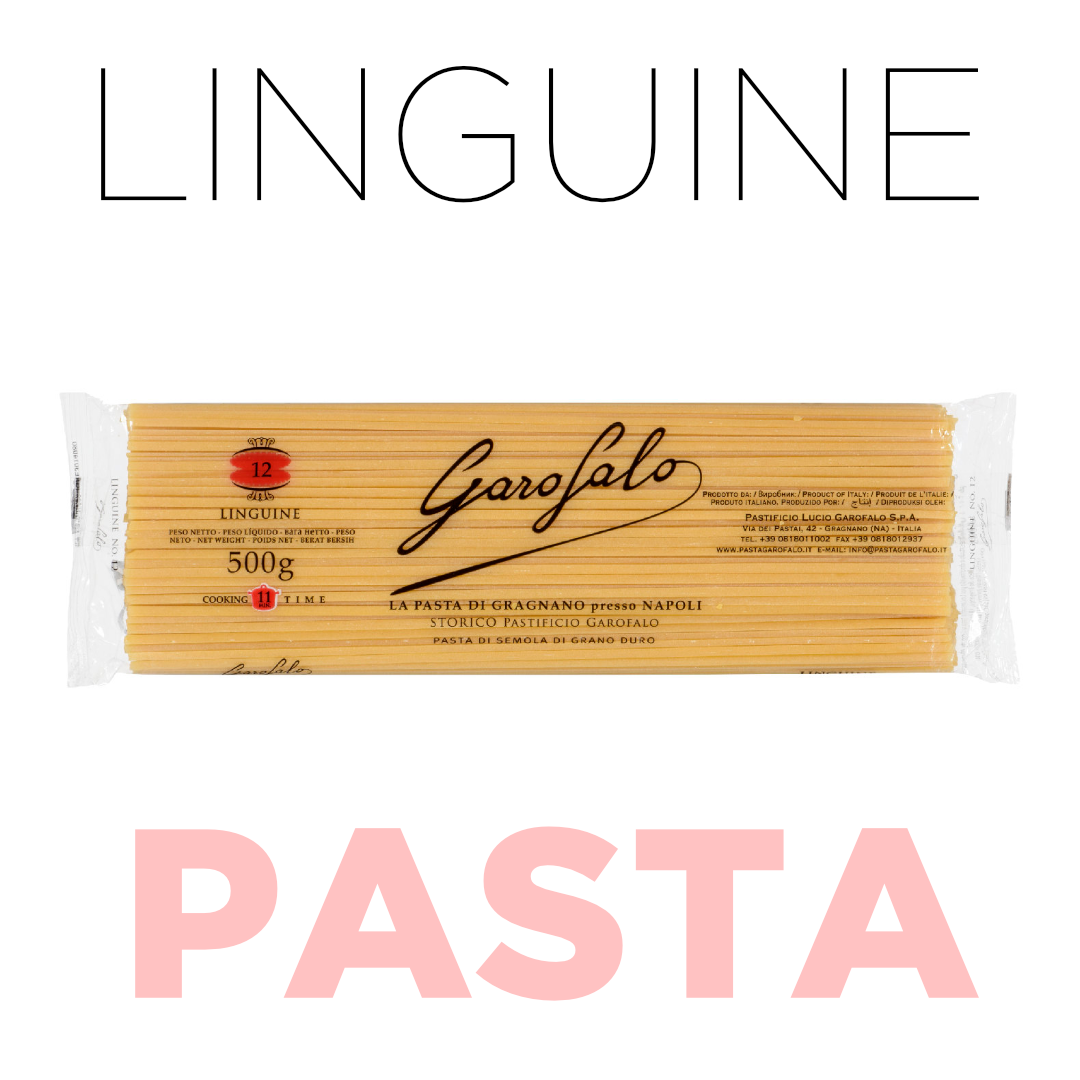
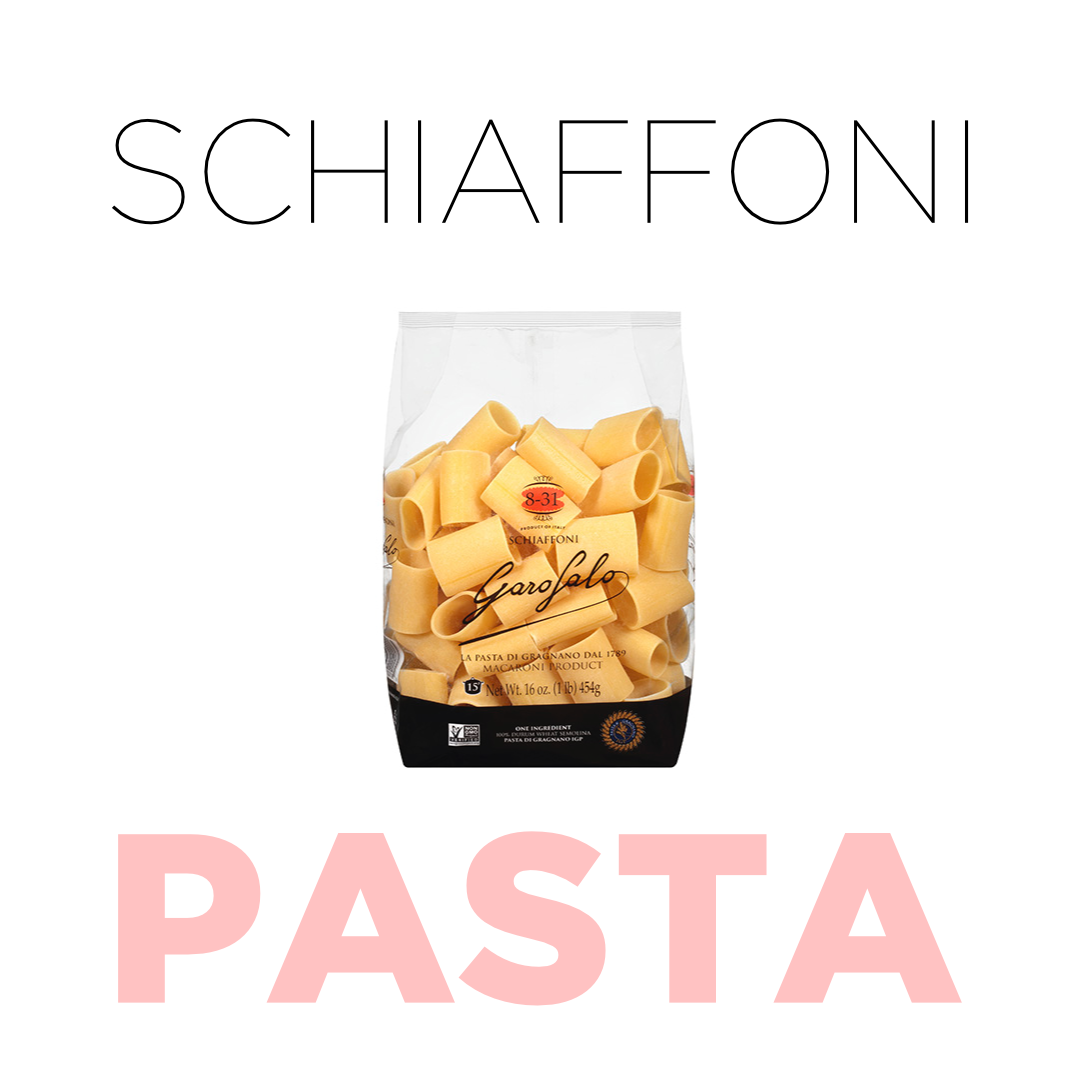

Reviews
There are no reviews yet.